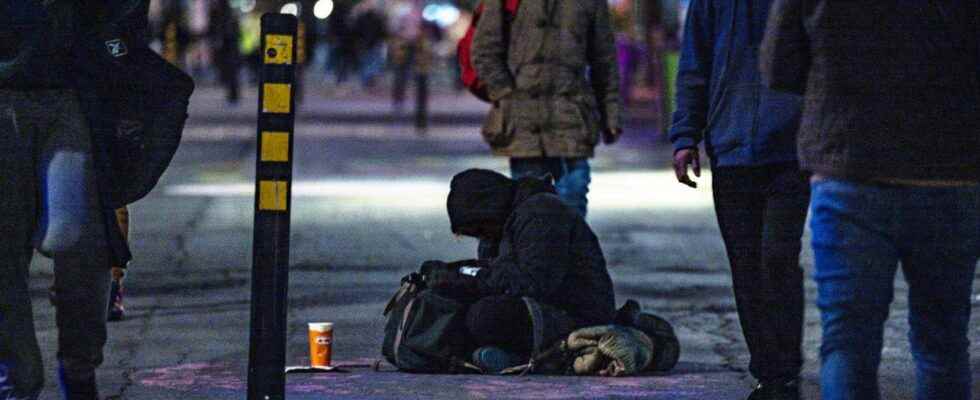If you’ve been to downtown Montreal recently, you’ve no doubt noticed, like me, that the number of people living on the streets is catastrophic. It is arguably the most stark indicator of the housing crisis, but thousands more people face the grim reality of housing insecurity. The rising cost of rent, the lack of protection against evictions and a ruthless real estate market are all reasons that lead thousands of people to such precariousness.
The federal government’s National Housing Strategy will celebrate its fifth birthday this month. With a budget of $72 billion over 10 years to address the housing and homelessness crisis, he seemed on the right track. The Strategy promised to reduce core housing need and end homelessness by 2030.
Promises kept? Not quite ! The auditor’s report general published last week adds to growing evidence that the Strategy is falling far short of its objectives.
The shrewdest of strategists could not have foreseen the difficulties that have hit the entire planet in recent years. The cataclysmic combination of the pandemic and the economic crisis has brought to light the fragility of the housing system in Canada. It made already overpriced rents even more unaffordable. It has pushed many refuges to the breaking point. A record number of people are dying on the streets.
Inflation and the looming recession bode well for the worst. For many people, all it takes is one accident, one diagnosis, or one less paycheck to end up on the street. We have to adjust the shot. Now.
For five years, front-line workers have struggled to prevent people from slipping through the cracks of a safety net that is visibly crumbling. Among those experiencing homelessness, First Nations, Inuit and Métis are disproportionately represented.
While the Strategy considers Aboriginal people, seniors and people with disabilities as priority populations, it does not provide any mechanism to verify whether its programs are actually improving the situation of these populations.
Studies have shown that less than 5% of new housing built through the Strategy’s two main programs is accessible to those most in need. We have to face the facts, we miss the target.
The time has come to overhaul the Strategy to correct its flaws and better align it with the new reality. We need to redirect it to help low-income people stay in their homes and deal with inflation. It must also be given the necessary tools to meet the specific needs of disadvantaged groups.
We need to provide better housing for Indigenous people, no matter where they live. This requires an approach developed for and by Aboriginal people and providing Aboriginal governments with the necessary resources so that they can respond to the needs of their communities.
We need to take an approach that increases the supply of adequate housing. This requires financing the construction, renovation and purchase of non-profit housing that is permanently affordable and provides community value in return for government investment.
Finally, the Strategy must crystallize the leadership role of the federal government and prioritize a whole-of-government approach to finding solutions to the housing crisis.
If we don’t act now, more people will be forced to live in the cold. More people will die on the streets this winter. We must do better. The right to housing is a fundamental right. A revised strategy is our best chance to improve the quality of life for people experiencing homelessness and housing insecurity.
The people who live on our streets don’t need charity, they need their government to live up to its human rights commitments and obligations to end homelessness. It’s now or never.
